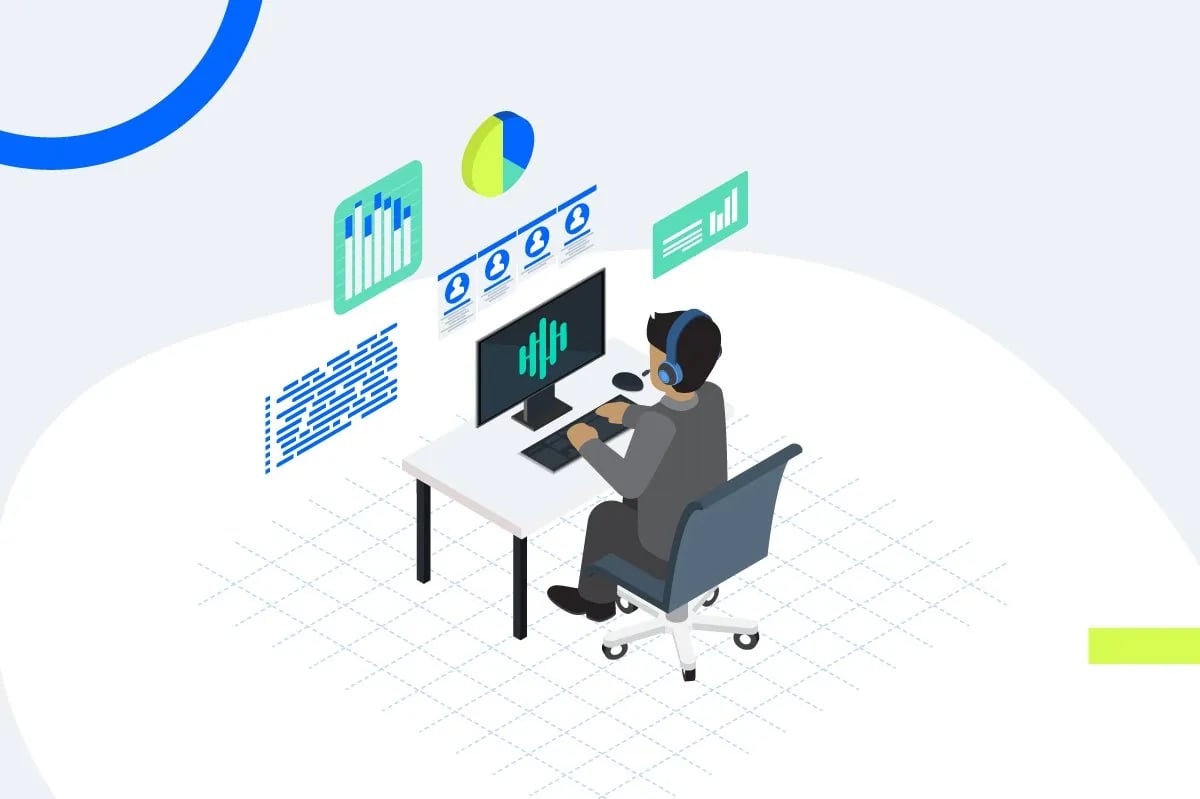A guide to KPIs, part 2: Tracking first contact resolution

As part of a support team for an internet service provider, knowing your numbers is key. They show your team’s productivity, goal progress, and effectiveness—and they make it easy to report successes and progress to the rest of your organization.
In part two of our three-part series on key performance indicators (KPIs), we’ll continue exploring must-know numbers for any ISP customer service team—what they are, how to calculate them, and why they’re important.
Let’s get into the importance of first contact resolution (FCR).
What is FCR?
FCR is a metric that tracks whether support calls get resolved the first time a subscriber reaches out. For an interaction to count toward your FCR, it needs to be completely resolved—no need for any kind of follow-up.
What does FCR tell support teams?
Knowing whether your team can resolve WiFi connectivity issues on the first call isn’t just a nice pat on the back. It can provide support leaders with essential insight into the overall speed and accuracy of support calls—both of which contribute to subscribers’ overall experience.
Why does this matter? Subscribers don’t just want their issue resolved quickly; they want it resolved correctly, so they don’t need to go through repeat contacts or the dreaded tech visit. If your support team can’t provide them with that experience, or can only provide them with half of that experience, it can seriously impact whether subscribers churn.
In fact, 55% of subscribers reported having WiFi issues every day in 2021, without those issues getting resolved—and another 49% reported considering changing providers over these experiences.
How do you track FCR?
You can find your FCR for any given time period with a relatively simple calculation.
First, you’ll need to figure out how many tickets your team successfully resolved in your time period.

Then, you can divide your total tickets resolved by total incidents and multiply by 100 to get a percentage—and this is your FCR.

From there, you can track this on a monthly, quarterly, or annual basis to identify shifts in resolution rates, which can help you determine whether your issue resolution strategies are working.
Coming up in part three of our series, we’ll cover a key metric for any ISP’s subscriber base. Learn what the RouteThis WiFi connectivity support software can do for you.
